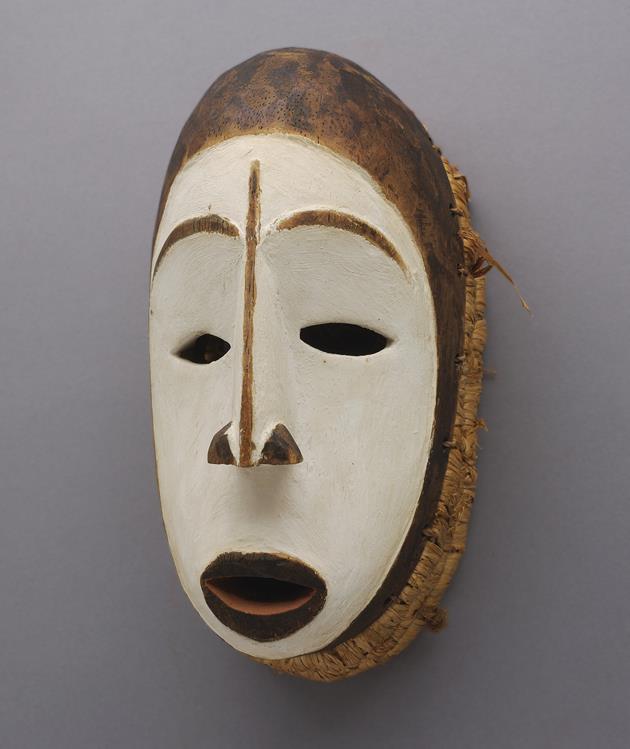“
We are dealing with an aesthetic that emphasizes action, in which beauty and ugliness, delight and foolishness, come out of doing rather than being.
”
Simon Ottenberg, 1973

1953
Chukwu Okoro, Mgbom village, Afikpo
Nigerian, 1910 - 1987
“
We are dealing with an aesthetic that emphasizes action, in which beauty and ugliness, delight and foolishness, come out of doing rather than being.
”
Simon Ottenberg, 1973















Seattle Art Museum respectfully acknowledges that we are on Indigenous land, the traditional territories of the Coast Salish people. We honor our ongoing connection to these communities past, present, and future.
Learn more about Equity at SAM